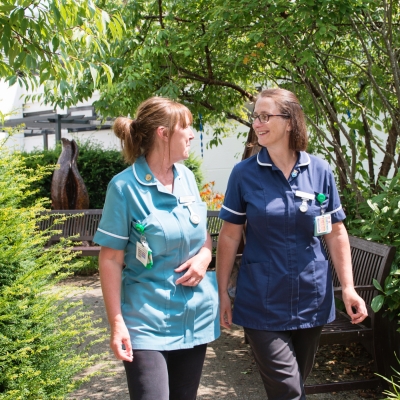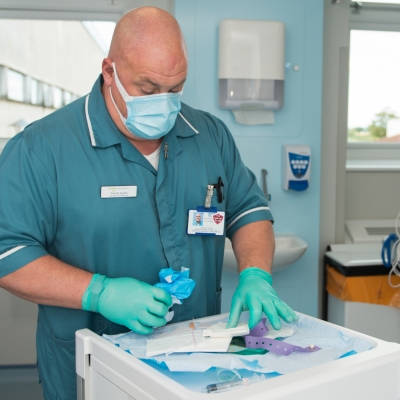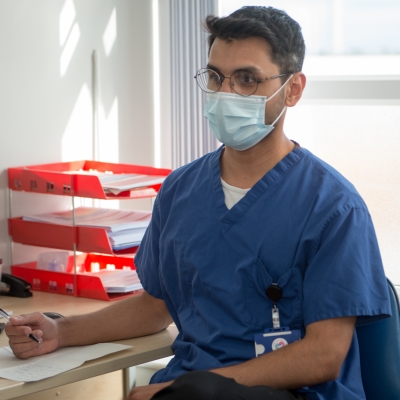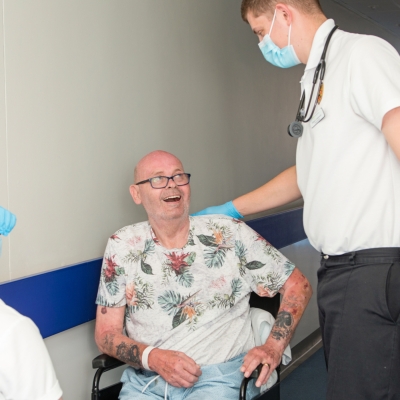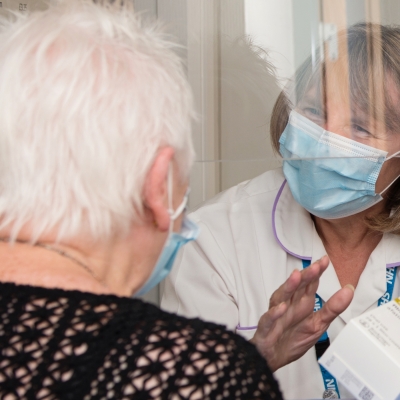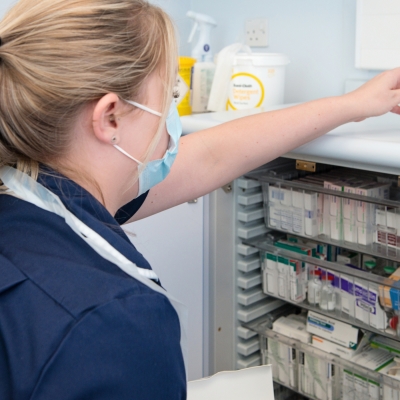The challenge and approach
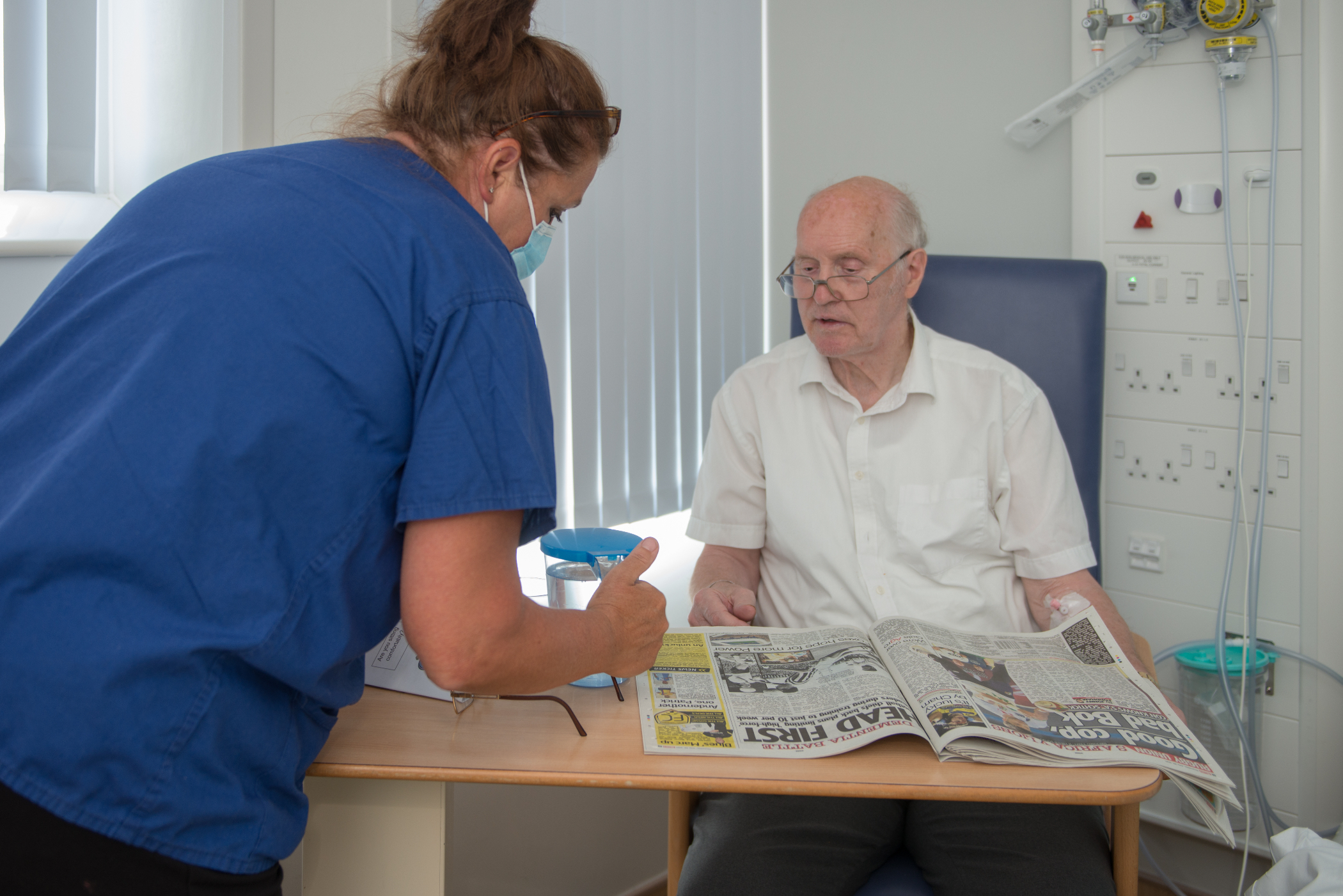 Single Point of Access (SPA) service was designed to provide patients with a better responding service, deal with the increasing demand with patient complexities.
Single Point of Access (SPA) service was designed to provide patients with a better responding service, deal with the increasing demand with patient complexities.
Provide a joined-up service that will help admission avoidance and reduce re-admissions and streamline visits for the provision and effective delivery of patient-centred care reducing duplication.
The implementation around SPA is, undoubtedly, shaped by the global emergency of Covid19:
- Primary care network joined forces with BDP care community to promote integration to care and partnership
- Middlewood and Community Nursing and Therapy Team worked collaboratively to be integrated
- As a result, the team had identified a high-level BDP care model to meet the future state of vision from the Cheshire East Partnership five year plan
- The SPA is an access process where all professionals share a single point of contact information through a Triage system to arrange urgent and non-urgent referrals. This enables the patient to receive the right care, at the right time, by the right professionals
- Referrals received from three main pathways (Middlewood, Hospital Avoidance, Rapid Hospital Discharge) were triaged irrespective of aetiology.
- The clinical decision making at triage aims to match clinical need to clinical competence ensuring a timely response with support from on-call GP, where required.
- Triage system was created for prioritization of response. The SPA is BDP’s main road system to develop care community projects and initiatives based on real-time health population need and demand.
- Further development of roles
- Continue to collate information to show the benefits the service has
- Provide staff training to give them the opportunity to acquire shared competencies and to be able to upskill in different roles
- Linking SPA to other health and social care services, as well as specialist service to promote streamline pathways
- Further review on a patient journey using a whole system approach
- Further recruitment and development of the visiting team.
From 15 April to the 22 May, 118 patients were referred into SPA mostly from Community Nursing or GPs. 90% of those patients received a Home visit or were given advice and 10% were referred to the most appropriate service.
44% of those who received a home visit was seen by the responder nurse. 33 Patients were identified as hospital admission avoidance.
Evidently, though a short period of time it shows the benefits that patients are seen in their own environment by the appropriate clinician and the pressure relief it has on the system by reducing the admission rate into A&E
